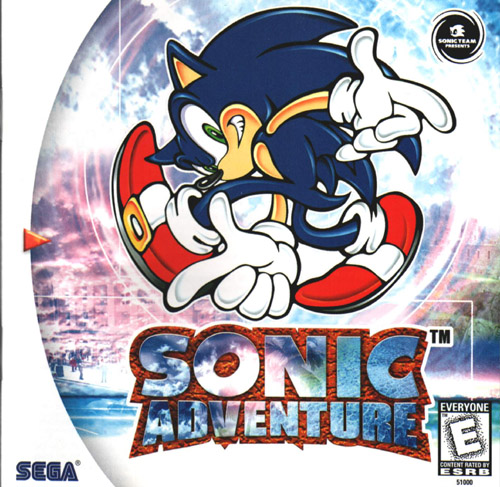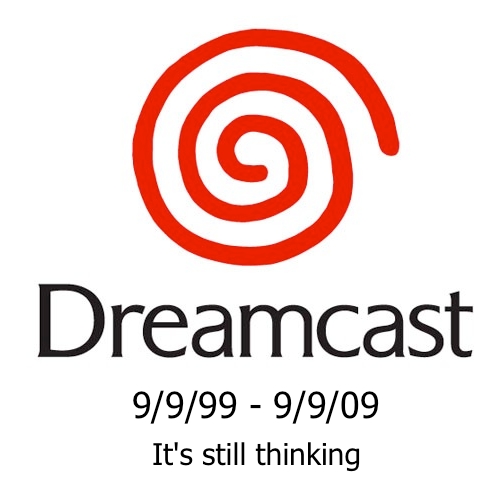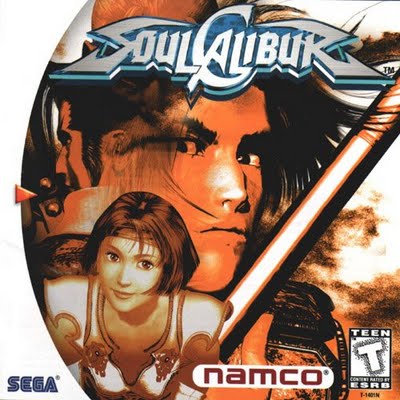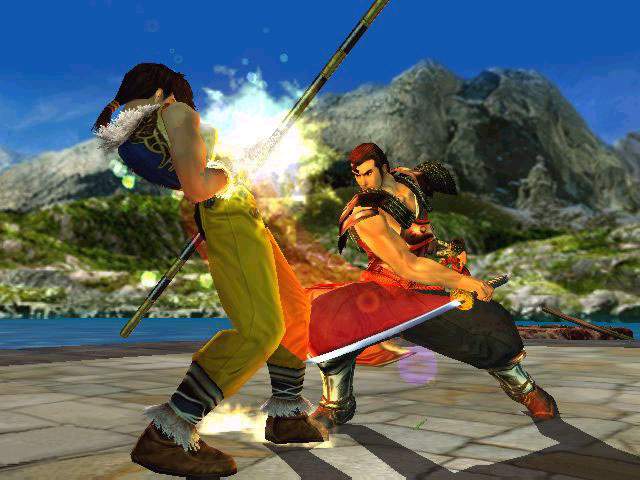A recurring theme of this Dreamcast retrospective is that Sega’s ill-fated console was, in more ways than one, ahead of its time.
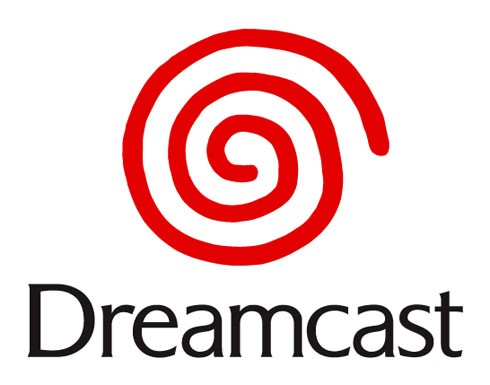
Nothing demonstrates this more aptly than the console’s attempts at Internet integration.
Yes, the Dreamcast connected to the Internet, a fact that is easy to forget when online connections are taken for granted among today’s hardware. Hell, even portable hardware can go online now.
But back in 1999 things were quite different.
No other console had really tried to make the Internet a vital part of its strategy before. There were perhaps nibbles at it here or there, but nothing significant. With the Dreamcast, Sega saw the future of gaming and attempted to be the one to start the revolution.
Given what they had to work with, I’d say they did an admirable job.
There’s only so much you can expect out of a console that only comes equipped with a 56k modem. How quaint that now seems. Still, Sega made good on its inclusion. Slow as dialup access may be, it was still a bold move to pack a modem of any sort in with the console at the time.
The Dreamcast was no Xbox Live, but it outdid Sony’s console until perhaps the PS2’s later years and blew Nintendo’s GameCube out of the water, plain and simple.
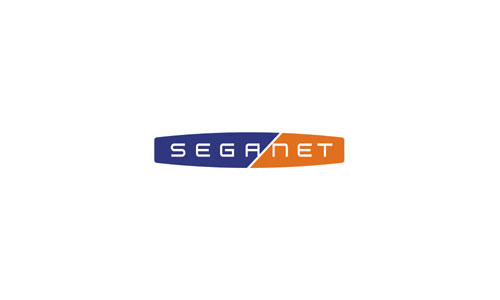
Not bad for an “outdated” console that launched in the dark ages of the 1900s.
The list of games that featured online play is pretty impressive. All number of genres are covered.
NFL and NBA 2K1 and 2K2.
Bomberman Online.
Chu Chu Rocket.
Phantasy Star Online.
Worms World Party.
Alien Front Online.
Ooga Booga.
Quake III Arena.
Daytona USA.
And a number of others.
You have sports, multiplayer RPGs, racing games, action games, puzzle games and more all covered.
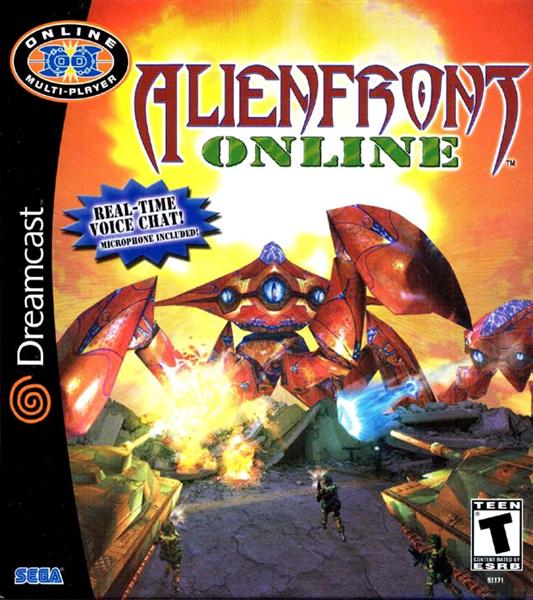
Ok, so it was a little clunky, it was dialup, there was lag, etc., etc.
This was 1999! Cut them a little slack.
Ok, so the Internet thing started to reek a bit of desperation when Sega started giving their consoles away for free when you subscribed to their online service, SegaNet, but it’s hard to blame Sega for doing whatever they could to get their consoles into people’s hands by that point.
I would not particularly look forward to going back to the Dreamcast’s online services today, but at the time they were revolutionary. It was also yet another sign that Sega was simply too far ahead of the curve for its own good. You couldn’t accuse them of that for their other consoles, part of their reoccurring problems with hardware, but with the Dreamcast they finally did really get it right.
Sadly, it just wasn’t enough.
People didn’t trust Sega enough by that point. Their game was over.
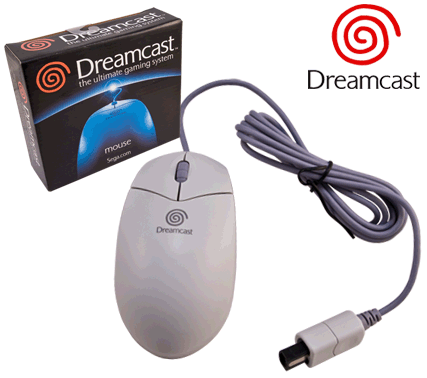
It didn’t help that the PS2 loomed on the horizon, adding yet another bullet point to the long list of areas where Sega missed its timing. Its graphics were revolutionary for the brief period they held the spotlight until the PS2 came out, but with Sony’s box on the horizon, they couldn’t generate the sales necessary to support the console.
I love my PS2, don’t get me wrong. It was a true gem of a console in its own way. But the PS2 wasn’t the console that I went online with for the first time.
I remember it well. First I had to fish through the piles of demo discs I had looking for the latest version of the Dreamcast web browser. Then I’d pop it in and wait for it to load. The soothing sounds of the screeching modem soon followed and, shortly thereafter, I was surfing the Internet on my television through my Dreamcast.
Yes it was slow. Yes it was awkward. Yes it was quaint.
But damnit, it was cool at the time! It made my Dreamcast seem more important than just a lousy game console, even if I didn’t use the feature much. In another example of Sega hinting at being ahead of the curve, it gave me a glimpse into the future of gaming, where consoles really are more like little computers and media machines than the dedicated game players they used to be.
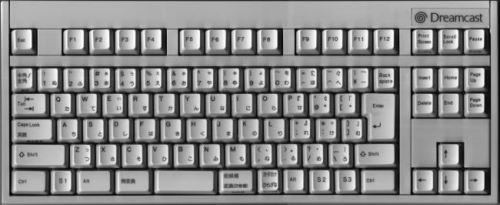
I suppose it’s yet another example of a great memory I have of my wonderful days with the Dreamcast of an experience that wouldn’t really hold up today.
But that’s what makes the Dreamcast even more special to me and the many other fans it has to this day. It was a period in history that cannot be replicated. It gave us memories that, for one reason or another, will never quite be matched. Even if it may seem quaint today, it was glorious then and it shall forever remain glorious in our minds.
I certainly wouldn’t want to have to go through it again, but some part of me still misses that special screeching noise of the Dreamcast’s little modem hogging my phone line.
 Thu, September 10, 2009 at 10:53 PM
Thu, September 10, 2009 at 10:53 PM 


